Considering an On Demand Water Heater
puzzlefan
17 years ago
Related Stories

GREAT HOME PROJECTSHow to Add a Solar Water Heater
Lower energy bills without a major renovation by putting the sun to work heating your home’s water
Full Story
GREAT HOME PROJECTSHow to Switch to a Tankless Water Heater
New project for a new year: Swap your conventional heater for an energy-saving model — and don’t be fooled by misinformation
Full Story
FLOORSWhat to Ask When Considering Heated Floors
These questions can help you decide if radiant floor heating is right for you — and what your options are
Full Story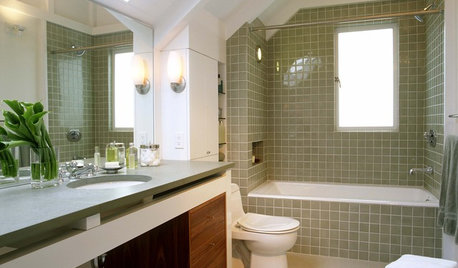
BATHROOM DESIGN12 Things to Consider for Your Bathroom Remodel
Maybe a tub doesn’t float your boat, but having no threshold is a no-brainer. These points to ponder will help you plan
Full Story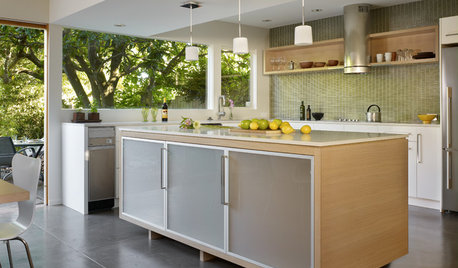
REMODELING GUIDESWhat to Consider Before Starting Construction
Reduce building hassles by learning how to vet general contractors and compare bids
Full Story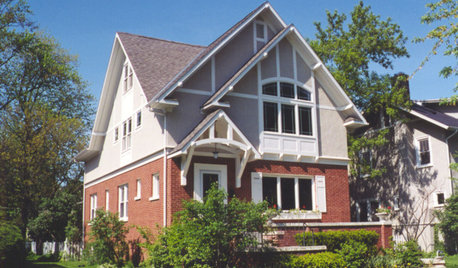
REMODELING GUIDESMovin’ On Up: What to Consider With a Second-Story Addition
Learn how an extra story will change your house and its systems to avoid headaches and extra costs down the road
Full Story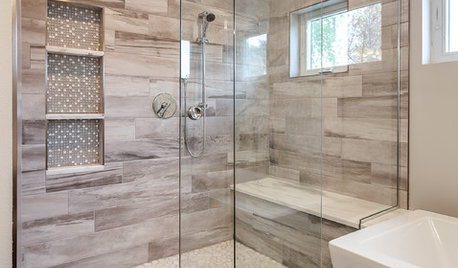
BATHROOM DESIGN10 Things to Consider Before Remodeling Your Bathroom
A designer shares her tips for your bathroom renovation
Full Story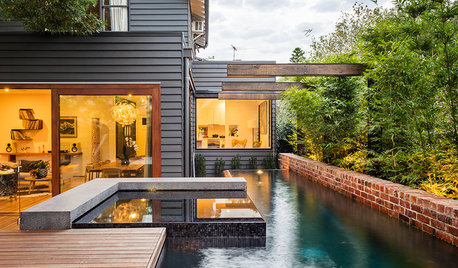
POOLSWe Can Dream: 7 Things to Consider Before Investing in an Outdoor Spa
Check out these tips and tricks for adding a luxurious outdoor spa to your landscape
Full Story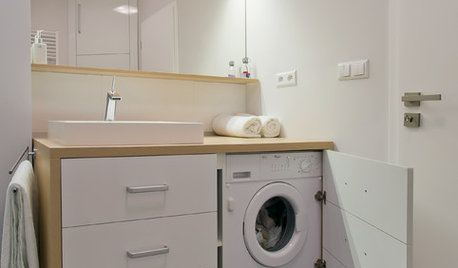
BATHROOM DESIGN9 Features to Consider for Your Dream Bathroom
Make your next bathroom even more comfortable and functional with a few of these features and design tips
Full Story
REMODELING GUIDESConsidering a Fixer-Upper? 15 Questions to Ask First
Learn about the hidden costs and treasures of older homes to avoid budget surprises and accidentally tossing valuable features
Full Story



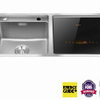

poorplmbr
vgkg Z-7 Va
Related Discussions
Layout ideas
Q
On-Demand Electric Tankless Water Heater Questions
Q
On-Demand Tankless Water Heaters - Propane vs. Electric
Q
Condensation inside Takagi On Demand Hot Water Heater
Q
jakethewonderdog
baxxter
jake2007
mikeyvon
remodeler_matt
User
cindyasahi
friedajune
cindyasahi
houndhandler
jakethewonderdog
houndhandler
jay_haitch
jake2007
anthem
houndhandler
jakethewonderdog
houndhandler
anthem
jakethewonderdog
zl700
jakethewonderdog
houndhandler
bf-tx
houndhandler
bf-tx